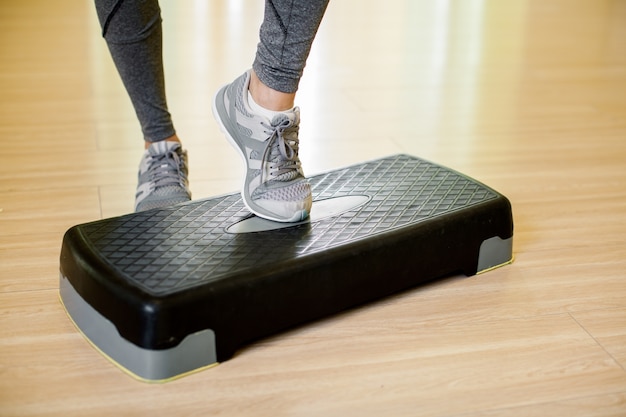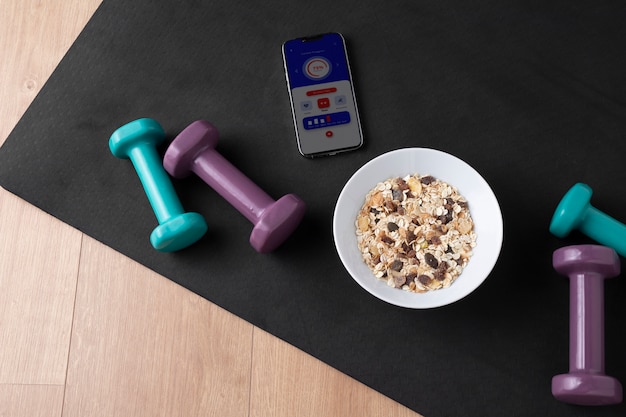When it comes to boosting metabolism and supporting long-term weight management, few habits are as accessible as walking and jogging. Both are low-barrier, effective forms of cardiovascular exercise—but which one delivers better metabolic results? And can simple daily routines really make a difference?

Metabolism refers to the chemical processes in your body that convert food into energy. The faster your metabolism, the more calories you burn—even at rest. Physical activity plays a key role in increasing metabolic rate, both during and after exercise.
Both walking and jogging elevate heart rate, improve insulin sensitivity, and stimulate muscle activity—all of which contribute to a more efficient metabolism. But the intensity, duration, and sustainability of each activity influence their long-term impact.
Jogging generally burns more calories per minute than walking. For example, a 150-pound person can burn approximately 100–150 calories per mile jogging, compared to 80–100 calories walking the same distance. Higher intensity means greater energy expenditure.
However, calorie burn isn’t the only factor. Jogging is higher impact, which may limit consistency for some people—especially those with joint concerns or lower fitness levels. Walking, particularly brisk walking, offers a sustainable alternative that still supports metabolic health.

One of the most effective ways to boost metabolism with walking is through interval training. Interval walking—alternating between a moderate pace and a fast, almost jogging pace—can significantly increase calorie burn and post-exercise oxygen consumption (EPOC), also known as the "afterburn effect."
A 10-minute HIIT-style walking session, such as 1 minute of fast walking followed by 2 minutes of recovery, can elevate metabolism for hours after the workout. This makes it a time-efficient strategy for fat loss and metabolic conditioning.
Jogging increases cardiovascular demand and can lead to greater improvements in aerobic capacity. It also tends to activate more muscle fibers, especially in the glutes and calves, which can contribute to long-term metabolic rate increases due to greater muscle engagement.
However, the high-impact nature of jogging may lead to fatigue or injury if not properly managed. For long-term metabolic benefits, consistency matters more than intensity. If jogging leads to burnout or joint pain, it may be less effective over time than a consistent walking routine.
Walking on an incline—whether on a treadmill or a hill—can rival or even surpass flat-ground jogging in terms of energy expenditure. Incline walking increases resistance, engages more muscle groups, and elevates heart rate without the joint stress of running.
One study suggests that walking at a 6–8% incline can burn as many calories as jogging on a flat surface, while being gentler on the knees and hips. This makes it an excellent option for those seeking metabolic benefits without high impact.

The answer depends on your goals, fitness level, and lifestyle. If you can sustain it, jogging offers higher calorie burn and cardiovascular gains. But for most people, especially beginners or those managing joint issues, walking—especially brisk, interval, or incline walking—provides a safer, more consistent path to metabolic improvement.
The key is consistency. A daily 30-minute brisk walk is more beneficial than an intense jog done once a week. Over time, regular movement trains your body to burn calories more efficiently, even at rest.
Neither walking nor jogging is universally superior. What matters most is finding an activity you enjoy and can stick with. Whether it’s a morning jog, a lunchtime walk, or an evening incline session, the best exercise for boosting metabolism is the one you do regularly.
Start small, increase intensity gradually, and focus on building habits—not just burning calories. Over time, your metabolism will respond with improved energy, better weight management, and enhanced overall health.

Fitness

Fitness

Fitness

Fitness

Health

Wellness

Fitness

Wellness

Fitness

Fitness

Fitness

Fitness

Health

Fitness

Health

Health